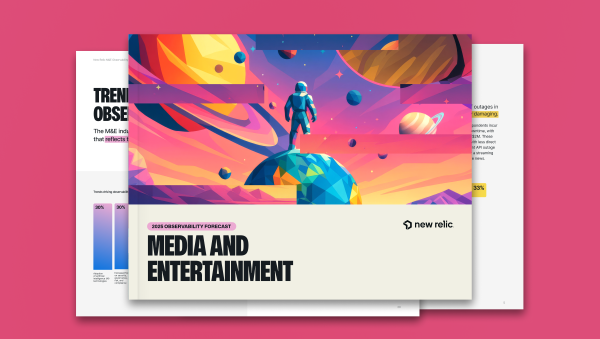Observability Forecast 2025 | Media & Entertainment
Turn industry trends into results

Key Findings
Get data-backed insights from tech leaders in the Media & Entertainment industry to boost resilience and innovation.
- The Cost of Failure: Discover why the median cost of a high-business-impact outage is a staggering $2 million per hour and the leading causes of downtime.
- The Power of AI: See how 30% of M&E organizations cite AI adoption as a primary driver for their observability strategy.
- A Clear ROI: Learn why 57% of M&E companies report a 2–3x return on their observability investment, significantly higher than the cross-industry average.
- The Challenge of Tool Sprawl: Get data on the median number of tools used in the industry and the strategies for consolidation.
- Business Outcomes: See how observability is being used to improve collaboration, speed up incident resolution, and directly impact customer retention.